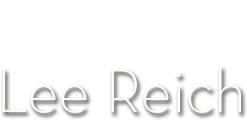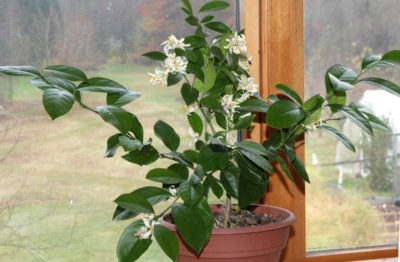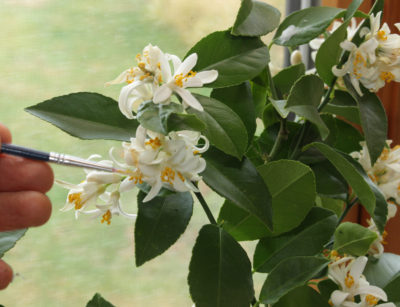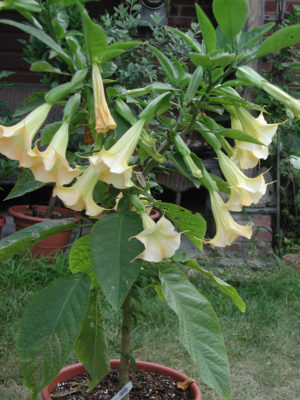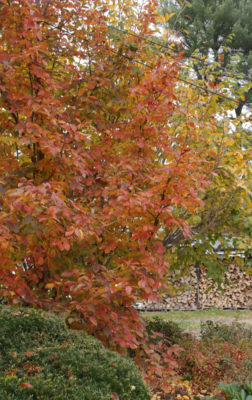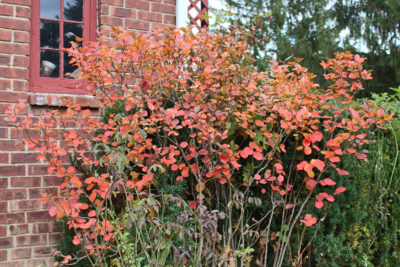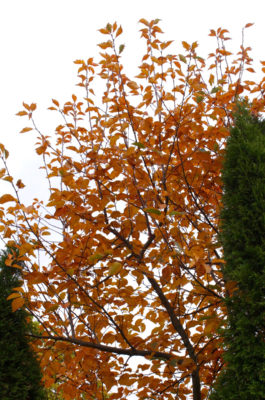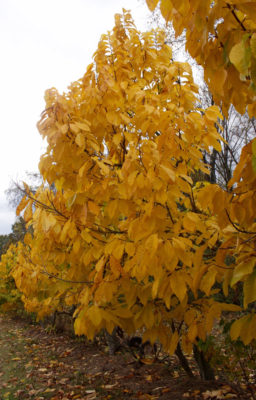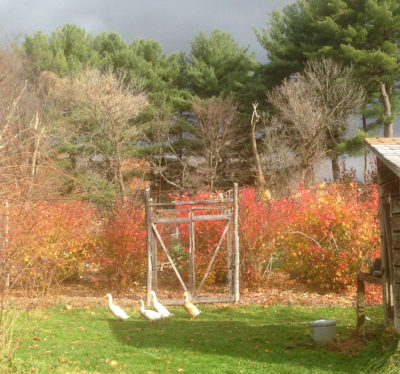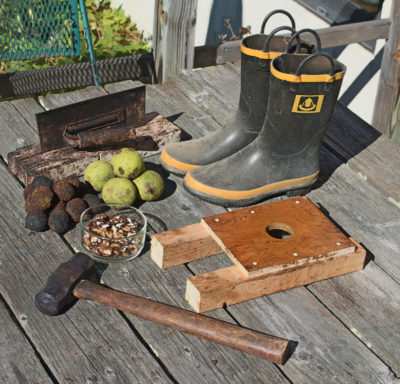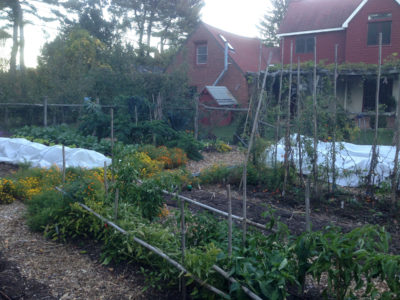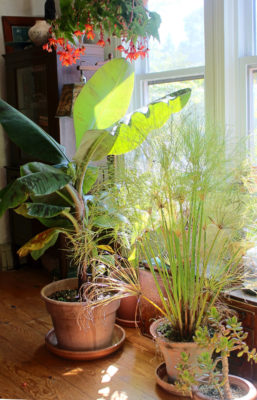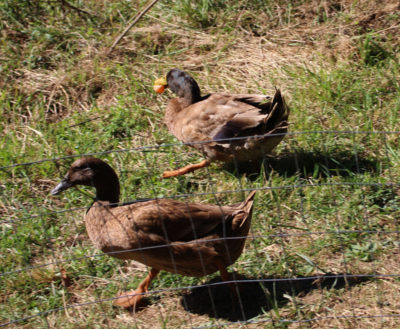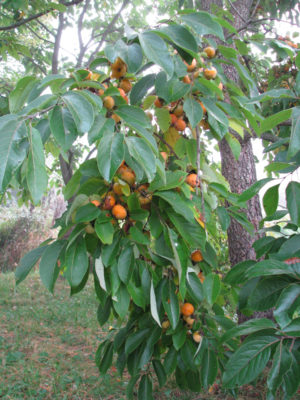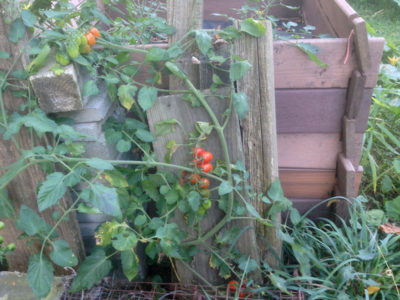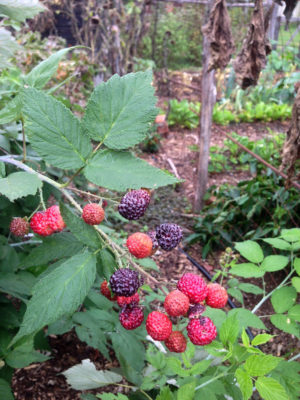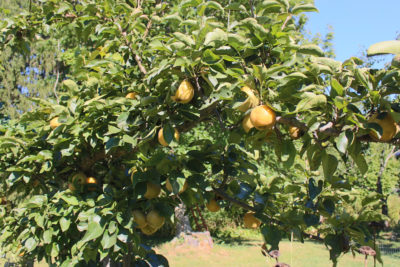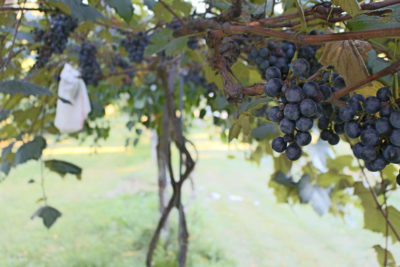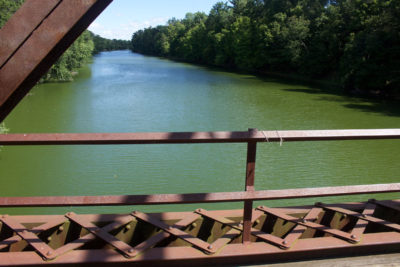NUTS, SOME GOOD, SOME BAD, AND NEW(!) PLANTS
A Good Harvest, But . . .
The black walnut harvest was abundant this past fall. Back in October, we gathered about a dozen 5-gallon buckets of of unhusked nuts, and, after husking, cleaning and drying them, set them in the cool, dry, squirrel-proof loft of our garage/barn (gabarn?).
The nuts are now sufficiently cured and ready for cracking. Two tools have made quicker, easier, pain-free, and more effective the once difficult and thumb-threatening job needing a concrete floor and a hammer. The Master Nutcracker makes elegant use of cogs and levers. For any nutmeats still gripped in a piece of shell, a “diagonal cutting plier” nips the shell piece to create a fault line that opens to drop out a piece of nutmeat, or to twists off a piece not fully cracked.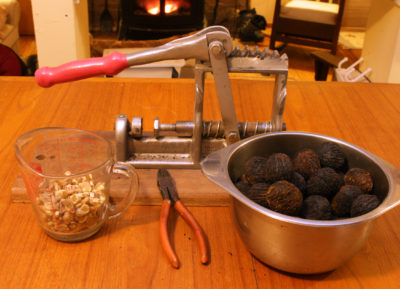
This year’s harvest was from two trees. Most was gathered from the ground beneath a decades-old tree. That tree grows on what, in spring, is periodically waterfront property when the swale that it borders fills with rushing water. The other tree sprouted in well-drained soil a few years ago at the edge of woods along the north edge of our property. Now with an 8-inch diameter trunk, it began yielding nuts in earnest only a few years ago.
The opening day of nut-cracking season has highlighted the difference in nuts. Nuts from the younger tree not only are significantly larger, but they’re all well-filled with nutmeats that come out in large pieces. The old tree has yielded too many nutmeats that are dark brown and shriveled, or totally dried out, black, shriveled, and inedible.
Genetics could be at play. Although both trees are black walnuts, each is a distinct individual within the species. Water might also figure in. Periodic flooding in the spring might leave too many of the old tree’s roots gasping for air at critical moments in nut development. Perhaps the old tree is still recovering from being swamped in water a few feet up its trunk during hurricane Irene back in 2011.
Perhaps it’s age. Probably not. Black walnuts are long-lived trees and I assume their fecundity goes hand in hand with their longevity.
Up to a few years ago, the large, old tree bore regular and reliable nuts that were plump with nutmeats.
Winter Dreaming
You’d think, after gardening for so many years with sufficient room for planting, that I would have by now grown every plant I could possibly want. Not so!
Cleaning up my desk, I recently came across a pile of papers clipped together, my pile of “plants to grow.” Over the years, whenever I see a plant of interest in a magazine or newspaper, I’ve torn out the page to add to the collection. The same goes for plants I might come across on the web or in conversation.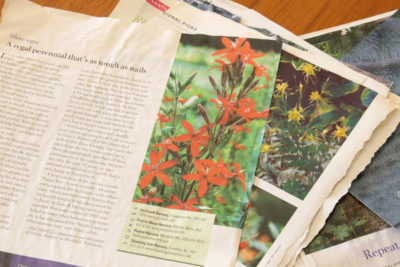
Swelling over the years, the pile has become intimidating. Daring to look at it would force me to decide whether such and such still worth growing and, if so, where to plant it. If an ornamental plant, where to incorporate it harmoniously into the landscape? If an edible, where best to site it for convenience in care and harvest? And do I have time to care for yet another plant? If there’s a plant offering both good eating and good looks, how to . . . well, you get the picture.
Perhaps the approach should be the same that some guy with too large a collection of shoes or some gal with too large a collection of cars might take: Vow to get rid of one for each new one collected. Or not.
Now Really, What To Plant Next Year
Okay, I’ve segregated the pile of “plants to grow” into two piles, one for plants to order this coming spring, and one for plants to keep on the back burner.
At the top of my list are three daphnes. I already grow Carol Mackie (Daphne × burkwoodii) for its fragrance and white-picoteed leave; the new daphnes can share a bed with her. Briggs’ Moonlight (D. × burkwoodii) has the reverse leaves, white with a green-picotee — a nice foil for Carol Mackie. Joining them will be Summer Ice (D. x transatlantica), which has just a thin line of white on its leaf edges. Also February Daphne (D. x mezereum), this one for its rosy-purple flowers that open in early spring on leafless shoots. All these daphnes are attractive but their main draw, for me, is the flowers’ jasmine-like perfume. They will make sitting on the nearby deck an olfactory delight from early spring right through summer.
How can I resist a plant called roof iris (Iris tectorum), both for its flowers and low fountains of foliage? It tolerates cold or dry conditions, and grows in sun or shade, so would be a perfect addition in name, needs, and appearance for MY green roof.
Another perennial slated for entrance next year is royal catchfly (Silene regia), a native of American prairies with fire engine red flowers. My plan is to grow them from seed to get enough seedlings to plant in part of MY meadow.
That’s all for the coming year. What, no fruits, one of my specialties? No, I have all I need. Hmmm . . . what about quince?
